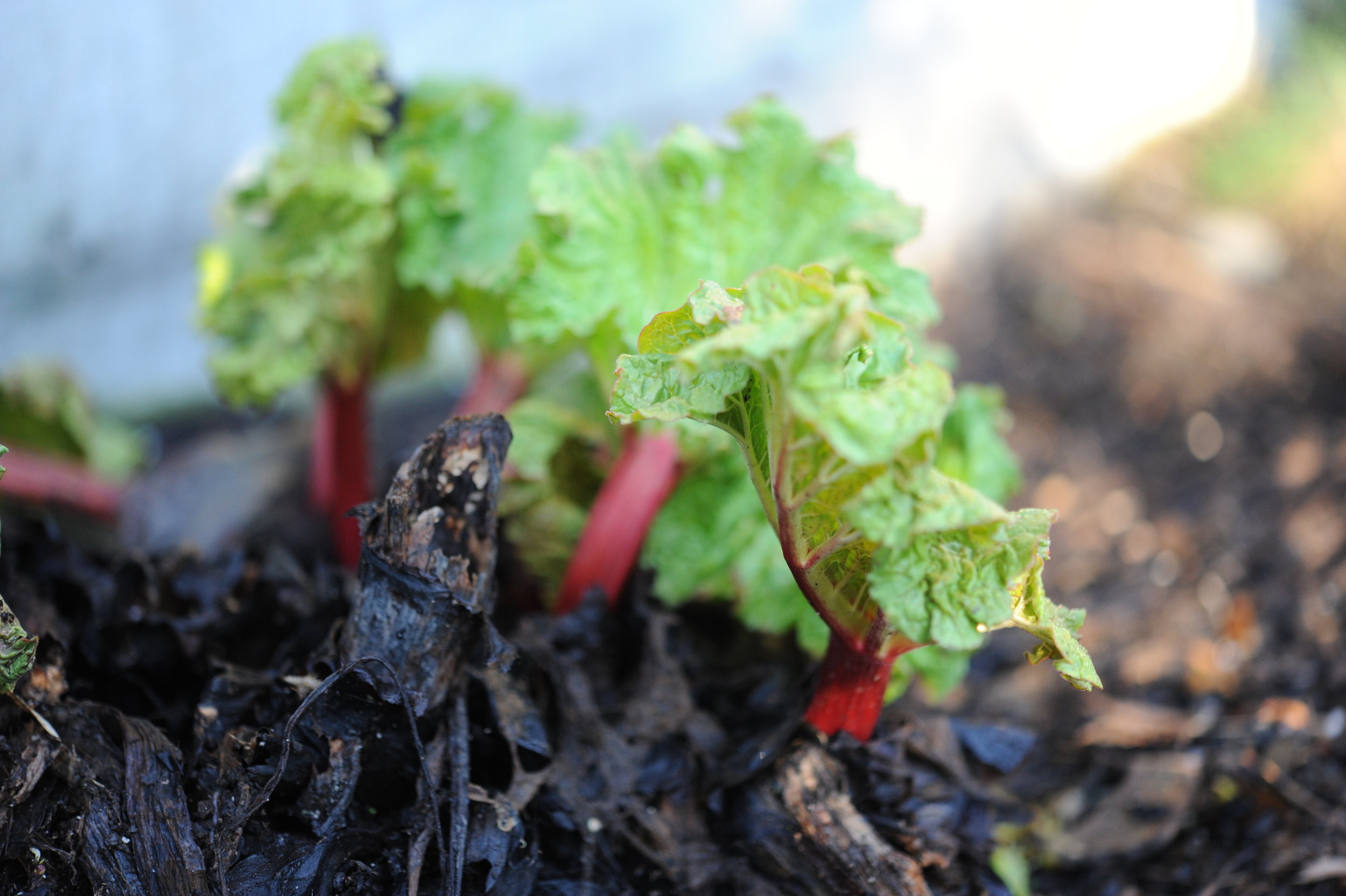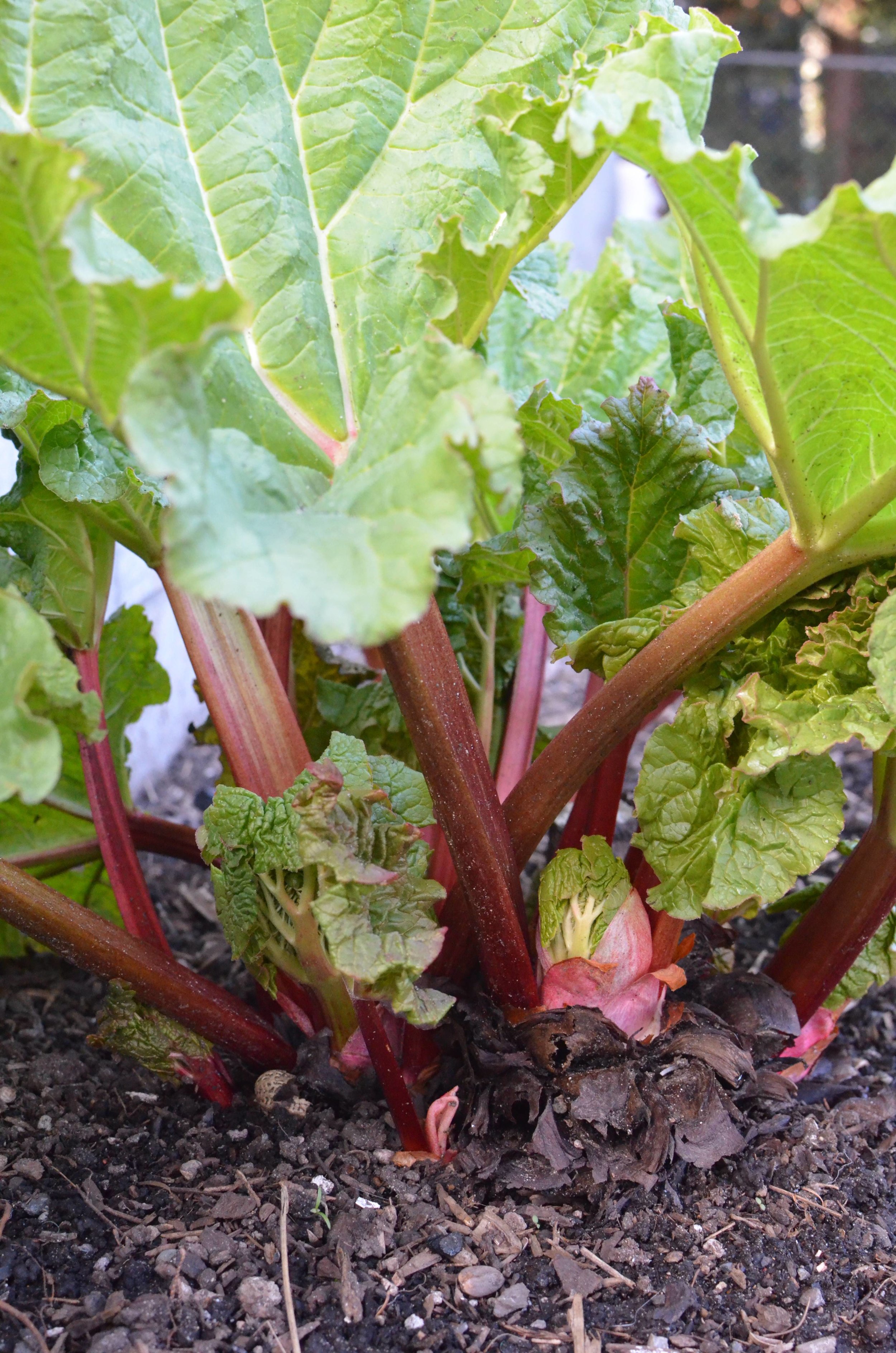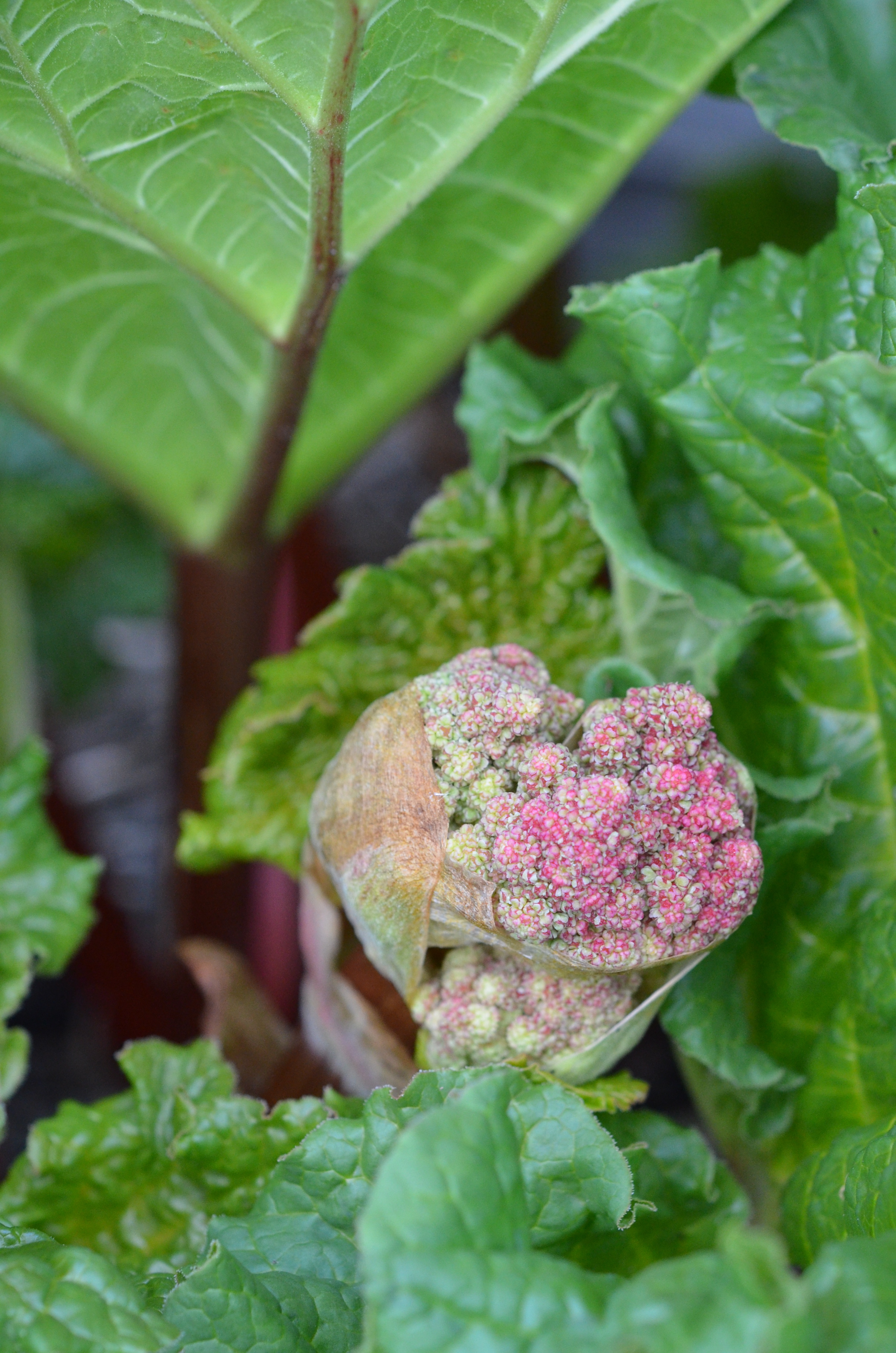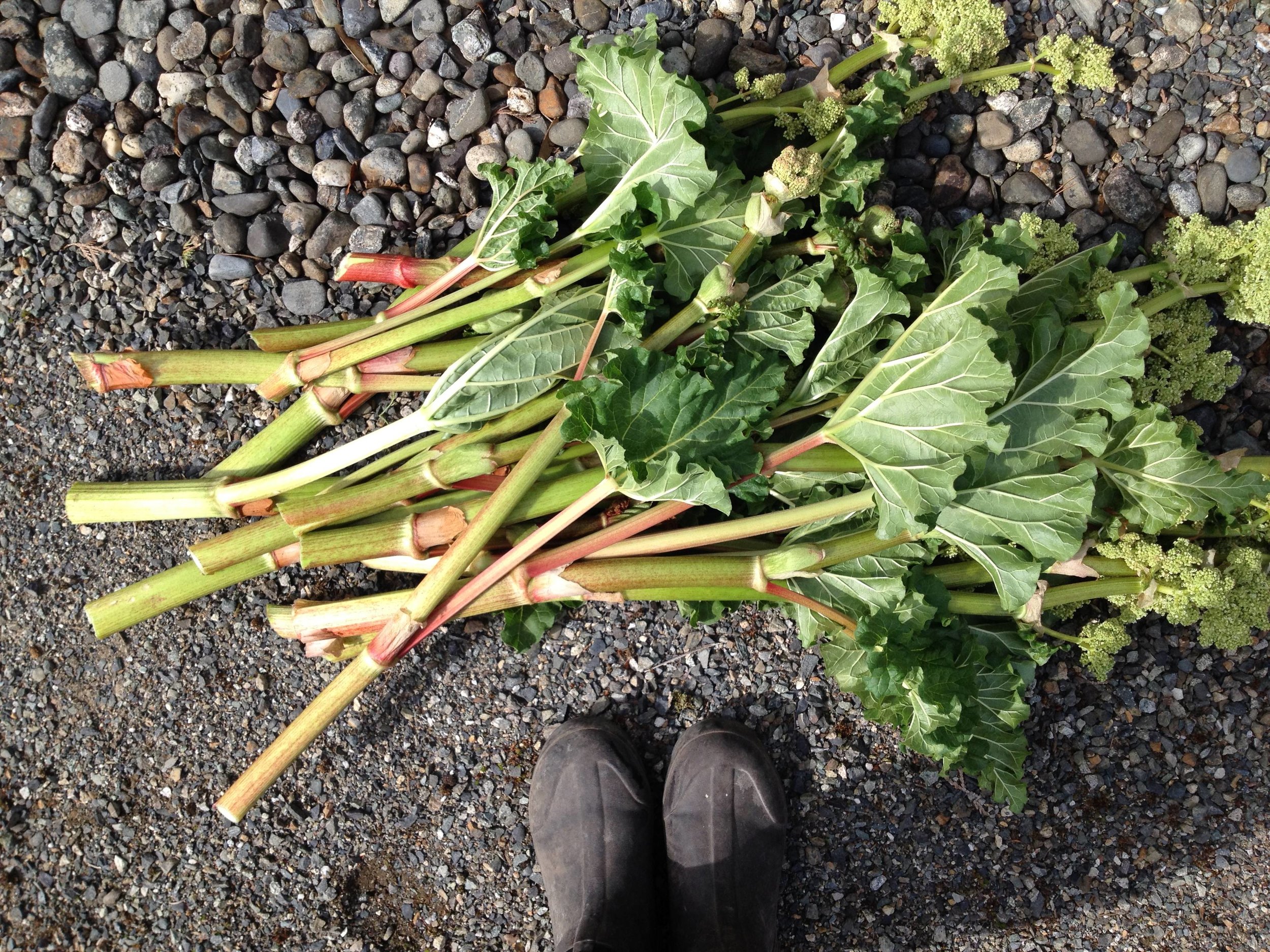Rhubarb is perennial garden crop and a low-maintenance gardener’s best friend. Originally from China, rhubarb has long been used as a food and medicine in Asian cultures, but it grows in almost any climate. Once a rhubarb plant is established, it will require little or no care moving forward. However, additional care will improve your harvest, and on this episode, we’re sharing tips on managing your rhubarb, including dividing plants as they mature.
HOW TO LISTEN:
Subscribe in iTunes , Stitcher, or any of your favorite podcast players to have new episodes sent directly to your device.
Listen right now in your browser by clicking above.
SHOW NOTES:
In this episode, we discuss:
Rhubarb basics
Sources of rhubarb
How to plant
Rhubarb rhizomes
Why dividing mature rhubarb is important
When and how to divide
Important Take-aways:
Rhubarb is a perennial, so it’s best to dedicate an area of your garden where it can grow for many years. Rhubarb will thrive in full sun, but it can also be productive in partial shade, and a mature rhubarb plant can be 4 wide and 4 feet tall.
Rhubarb can be grown from seed, but it’s easiest to plant root cuttings (which are also known as rhizomes), or small potted plants that you might buy at your local nursery.
To plant rhubarb, loosen the soil with a fork so that it’s loose to about 2 feet. Dig a hole about 6-8 inches deep and place rhizomes so that the buried bud (at the top of the rhizome) is about 1 inch below the soil.
Mature rhubarb emerging in the late winter and early spring. This plant has multiple buds or crowns and could be divided at the early stages of growth:
Rhubarb rhizomes are underground stems that send out 1) roots to absorb water and nutrients and 2) shoots that become your above ground plant. When you first plant your rhubarb rhizome, you’ll notice that it will send up one plant. In the early spring this plant be a tight green and red ball known as the bud.
After a few years, you’ll notice that your rhizome is sending up multiple crowns in the spring. At this point it’s a good idea to consider dividing your plant so that it doesn’t become too crowded and reduce productivity.
Rhubarb should be divided in the late fall or early spring when the plant is dormant, or just starting to send up buds. To divide your rhubarb, dig a trench around the base of the plant so that you can see the rhizome and then simply chop back sections of the root mass being careful to leave at least one bud on your plant.
The rhubarb flower and cut back flowering rhubarb stocks:
Like what you hear? Please share our podcast with a friend. Subscribe on iTunes or your favorite podcast player so you never miss a beat. And we'd really appreciate you showing us some love by leaving a rating and review on iTunes.
Have a topic you'd like see us dig in to? Leave us a note in the comment section below or #EBpodcast on Instagram and Twitter!








